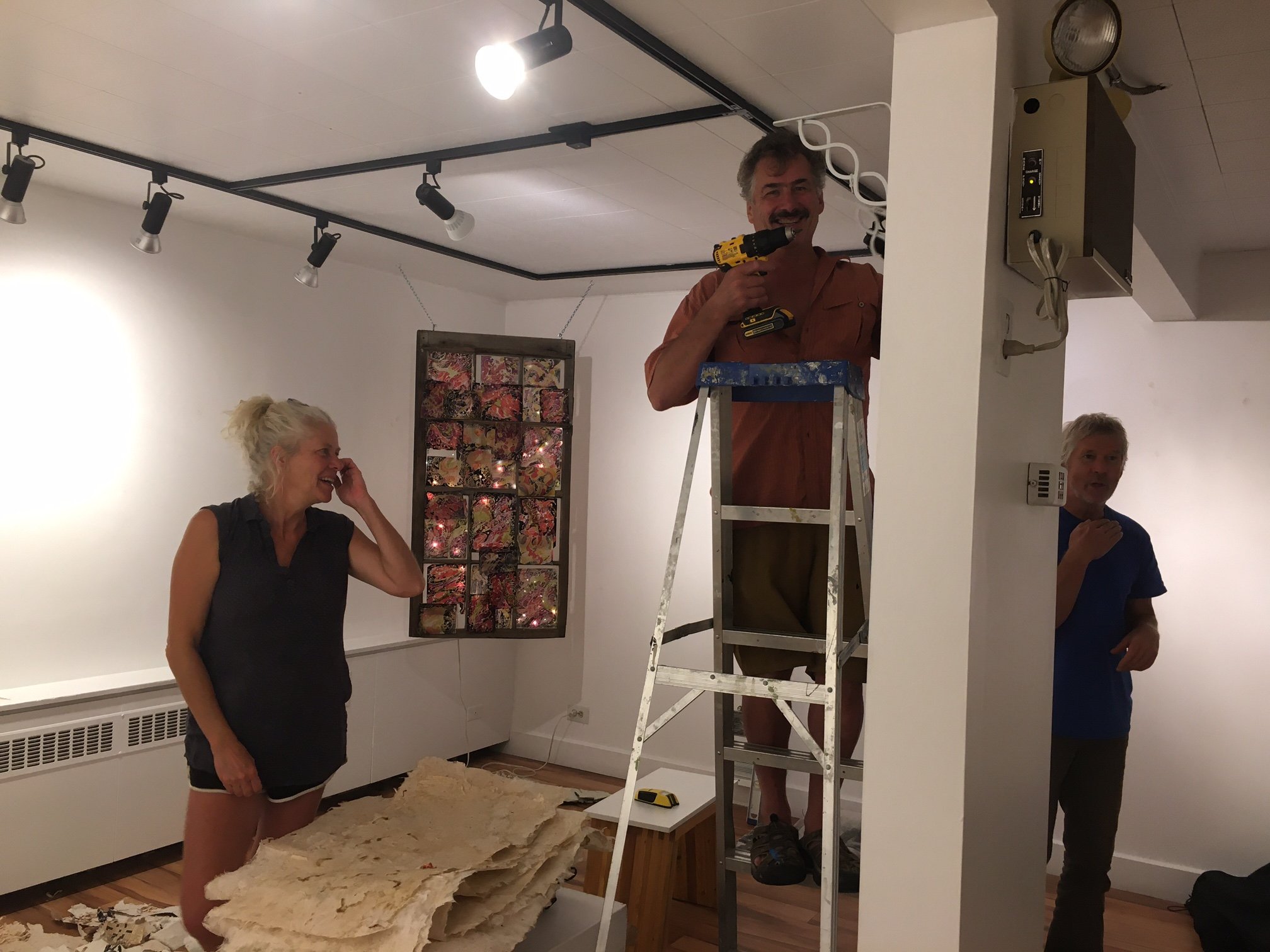Tomorrow Saturday April 5th from 1-4 opens “Place for the Pollinators” at the Kamloops Arts Council with myself, Leilani Ambrose and Sara Wiens! Sara can be found at: https://www.sarawiens.art/ and Leilani at https://www.leilaniambroseart.ca/
Artwork copywrite Sarah Hope, Sara Wiens and Leilani Ambrose













































































































